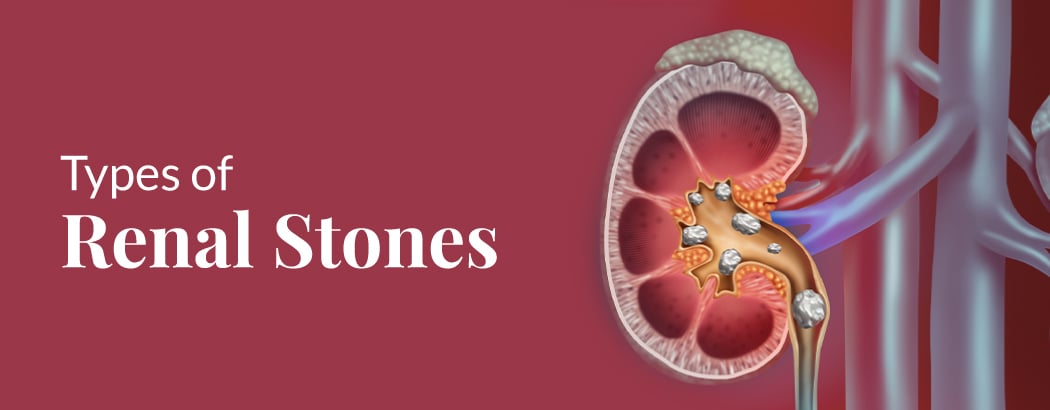Urine leakage on coughing or sneezing in females
It is the complaint of involuntary leakage of urine during coughing or sneezing or any other strain like lifting weight. Stress incontinence is usually the result of the weakening of or damage to the muscles used to prevent urination, such as the pelvic floor muscles and the urethral sphincter.
Occasionally patient will have frequency of urination and urgency only but the stress leak will be detected by the urologist or gynaecologist on examination. Unless associated stress leak is treated, urgency or urge leakage may not be cured.
These problems may be caused by damage during childbirth, increased pressure on your tummy – for example, because you are pregnant or obese, damage to the bladder or nearby area during surgery – such as the removal of the womb (hysterectomy) in women, or removal of the prostate gland in men, neurological conditions – that affect the brain and spinal cord, such as Parkinson’s disease or multiple sclerosis and certain connective tissue disorders and certain medications.

What are the tests required?
This usually include physical examination by the urologist, urine routine examination to rule out infection, ultrasound of urinary tract and residual urine measurement, cystoscopy and urodynamic tests. Based on these tests appropriate treatment is advised.
What are the treatment options?
Lifestyle changes – such as losing weight and cutting down on caffeine, altering how much fluid you drink a day and alcohol
Pelvic floor exercises – exercising your pelvic floor muscles by squeezing them, taught by a specialist. Click here for more information on pelvic floor exercises.
Surgical management
Surgical treatments for stress incontinence, such as sling procedures, are used to reduce pressure on the bladder or strengthen the muscles that control urination.
Medications: The results are poor from medications and most patients discontinue medications and hence it is not advised.
Mid urethral tapes:
Tape is a thin strip of surgical mesh inserted through cuts (incisions) inside the vagina and groin or lower abdomen, and threading the tape behind the tube that carries urine out of the body (urethra).
The sling can be made of:
- Tissue taken from another part of your body (autologous sling) – from thigh or abd wall.
- Polypropelene meshes – These can be fitted from thigh to thigh(TOT or TVT-O), or from lower abdomen(TVT)
The most commonly reported problem associated with the use of slings is difficulty emptying the bladder fully when going to the toilet – if this happens then the sling may need to be cut by another operation.
A small number of women who have the procedure also find they develop urge incontinence afterwards.
Colposuspension
Colposuspension involves making an incision in your lower abdomen, lifting up the neck of your bladder, and stitching it in this lifted position. This can be done either by open operation- open colposuspension, where surgery is carried out through a large incision or by laparoscopic (keyhole) colposuspension – where surgery is carried out through one or more small incisions using small surgical instruments
Problems that can occur after colposuspension include difficulty emptying the bladder fully when going to the toilet, recurrent urinary tract infections (UTIs), and discomfort during sex.
Artificial urinary sphincter
I sever cases or if you have had previous surgery for stress incontinence, it may be suggested that you have an artificial urinary sphincter fitted to relieve your incontinence.
This tends to be used more often as a treatment for men with stress incontinence and is only rarely used in women.
An artificial sphincter consists of 3 parts:
A circular cuff that is placed around the urethra – this can be filled with fluid when necessary to compress the urethra and prevent urine passing through it
A small pump placed in the scrotum (when used in men) that contains the mechanism for controlling the flow of fluid to and from the cuff
A small fluid-filled reservoir in the abdomen – the fluid passes between this reservoir and the cuff as the device is activated and deactivated
The procedure to fit an artificial urinary sphincter often causes short-term bleeding and a burning sensation when you pass urine. In the long term, it’s not uncommon for the device to eventually stop working, in which case further surgery may be needed to remove it.
Preventing urinary incontinence
It’s not always possible to prevent urinary incontinence, but there are some steps you can take that may help reduce the chance of it developing.
These include:
- controlling your weight
- keeping fit – in particular, ensuring that your pelvic floor muscles are strong
- cut down on alcohol and drinks containing caffeine, such as tea, coffee and cola.
- If you have to urinate frequently during the night (nocturia), try drinking less in the hours before you go to bed. However, make sure you still drink enough fluids during the day.
- Pelvic floor exercises – Being pregnant and giving birth can weaken the muscles that control the flow of urine from your bladder. If you’re pregnant, strengthening your pelvic floor muscles may help prevent urinary incontinence in the future. Hence start practicing it immediately after child birth.








